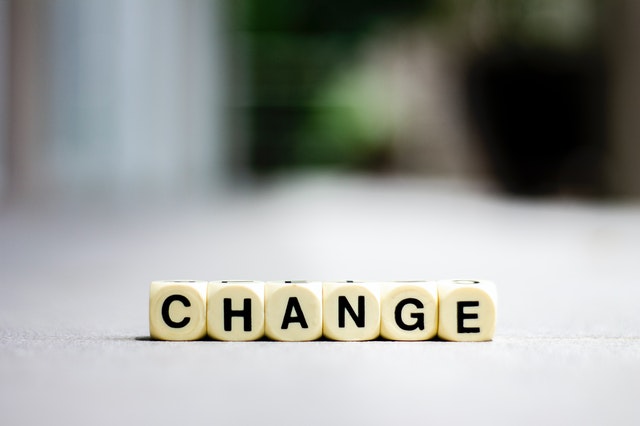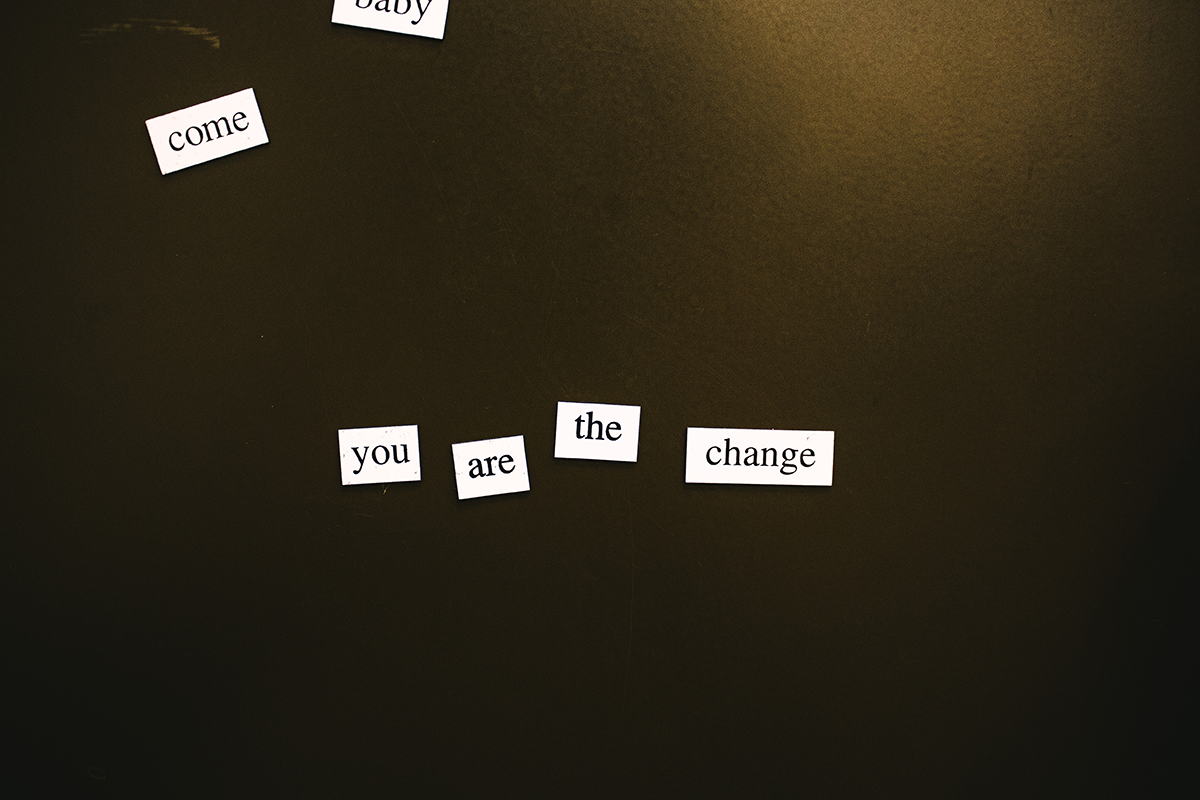Mindfulness isn’t about sitting cross-legged for an hour or trying to “empty your mind.” Mindfulness is simply paying attention fully and intentionally to what’s happening in the present moment. It’s choosing not to replay yesterday’s problems or tomorrow’s “what ifs.”
What makes mindfulness powerful is how simple it can be. By implementing small practices into everyday life, you can reduce anxiety, improve decision-making, regulate emotions, and feel more balanced.
Mindful Wakeup
Most of us roll out of bed and reach for our phones and scroll for a few minutes before we’ve even brushed our teeth. A mindful wakeup flips that script by starting your day on purpose.
How to Try It:
When you wake up, sit up, close your eyes, and take a few slow, deep breaths.
Notice how your body feels; the heaviness of your shoulders, the rise and fall of your breath, even the air in the room.
Then ask yourself: “How do I want to show up today?” Maybe you want to be more patient, more focused, or just a little kinder to yourself. Pick one of those qualities and keep it in mind as your theme for the day.
Starting the day this way creates a mental anchor for you to turn to throughout your day. Instead of reacting impulsively to stress later, you can return to your intention.
Mindful Breathing
Breath is the most reliable tool you have because it’s portable, always available (even if it doesn’t feel that way), and instantly calming.
Techniques to Try:
Box Breathing: Breathe in for 4 seconds, hold it for 4, breathe out for 4, then hold again for 4. Keep repeating until you start to feel calmer.
Word Breathing: As you breathe in, think of the word “peace.” As you breathe out, think “release.”
Hand-to-Belly Breathing: Put one hand on your stomach and pay attention to it rising and falling with each slow breath. This can be done standing or lying down.
Breathing calms the nervous system, easing anxiety and giving you a pause before making decisions. Use these exercises daily for tasks that can cause your blood pressure to rise.
Sensory Mindfulness
Your senses are like a shortcut back to the present. Paying attention to what you see, hear, or feel can pull you out of racing thoughts and bring you back into your body and what’s in front of you.
How to Practice:
- Sight: Pick one object around you. Notice its shape, color, shadows, and details.
- Sound: Close your eyes and identify three sounds you hear, whether it’s traffic, birds, or the hum of your fridge.
- Touch: Rub your fingertips together slowly, noticing ridges and temperature.
- Smell: Breathe in through your nose. What scents are faint, strong, or layered?
- Taste: Grab some water or a quick bite of food. Focus on flavor, texture, and temperature.
This can be used in a doctor’s office. Instead of scrolling your phone, look at the pictures on the wall, see the chairs and their style. Sensory mindfulness interrupts anxious thought loops and brings you back to the present moment.
Thought Diffusion
Sometimes our thoughts feel like sticky Velcro—worries, doubts, or frustrations that loop endlessly. Thought diffusion helps you “unstick” by noticing your thoughts without clinging to them.
Visualization Ideas:
- Imagine each thought floating away on a balloon into the sky.
- Picture them as cars driving past you on the road. You don’t chase them; you just watch.
- Picture your thoughts like bubbles. They pop up, float around for a bit, and then gently burst and disappear.
When a stressful thought pops up, pause and label it: “That’s a worry,” “That’s a memory,” or “That’s a judgment.” Then use one of the visualizations above.
This practice teaches you that thoughts are temporary events—not truths or commands. That makes it easier to manage anxiety and make clearer decisions.
Emotion Exposure
Many people avoid emotions, especially tough ones like anger or sadness. But mindfulness encourages you to explore your emotions with curiosity instead of resistance.
How to Practice:
- Pause and ask: “What emotion am I feeling right now?” Name it, even if it’s uncomfortable.
- Notice its intensity: is it mild, moderate, or strong?
- Watch how it shifts: does it grow, fade, or morph into something else?
- Explore where you feel it in your body: a tight chest, clenched jaw, or fluttery stomach?
If you’re feeling anxious before a big presentation, don’t try to shove it down. Just call it out: “Yep, I’m nervous. My hands are shaky, my chest feels tight.” Notice it for what it is without beating yourself up over it. Emotions often lose their grip when you observe them instead of resisting. This builds emotional balance and increases self-awareness.
This can be one of the hardest techniques to grasp and master. This is where getting help or reaching out to a therapist can help, and those at Evolve Counseling Services can help by using CBT (Cognitive Behavioral Therapy) to create techniques to help guide you through the process.
Mindful Eating
Eating is a great time to practice mindfulness. It’s something you do multiple times a day and can easily become automatic.
How to Practice:
- Pause before eating. Take three breaths. Notice the look and smell of your food.
- Take your first bite slowly. Notice the flavors, textures, and temperature.
- Halfway through your meal, check in: “Am I still hungry or am I satisfied?”
- End the meal with gratitude; thank yourself, the cook, or even the farmers who grew the ingredients.
Mindful eating helps you enjoy food more, listen to hunger cues, and avoid mindless overeating.
Mindful Listening
We’ve all been half-listened to, and it doesn’t feel good. Mindful listening helps you strengthen your relationships and stay present in a conversation.
How to Practice:
- Put away your phone and make eye contact.
- Focus on the speaker’s words, tone, and expressions.
- Resist the urge to prepare your reply.
- Pause before responding.
Next time a friend is telling a story, instead of planning what you’ll say next, focus only on them.
This practice reduces misunderstandings, builds stronger connections, and makes conversations more meaningful.
Gratitude List
A gratitude practice can help train your brain to end on a good note and something positive to focus on while winding down instead of only what’s stressful.
How to Practice:
- Write down three things you’re grateful for each night. It helps if it’s something that happened that same day.
- Be specific: “I’m grateful for the warm sunshine on my walk,” not just “I’m grateful for the weather.”
- Say these things out loud, and share your list with a partner or friend.
- Attempt to see “the good” or potential benefit of a bad situation.
Gratitude lifts your mood, takes the edge off stress, and can even help you sleep better by quieting those racing thoughts.
Relaxation and Sleep
Mindfulness can transform restless nights of constant turning into more peaceful sleep.
How to Practice:
- Create a 20–30 minute wind-down. Dim the lights, silence notifications, and put your phone away.
- Try a body scan: start at your toes, notice each part of your body, and consciously relax it.
- Take slow, deep breaths, making the exhale longer than the inhale.
- End by recalling one positive moment from your day.
A mindful nighttime routine signals to your body that it’s safe to rest, helping you fall asleep faster and stay asleep longer.
The Benefits of Daily Mindfulness
When practiced regularly, these habits start to shift how you experience life:
- Anxiety management: Mindful breathing, thought diffusion, and sensory grounding stop spirals before they take over.
- Better decision-making: Setting intentions and taking pauses reduces impulsive reactions.
- Emotional balance: Emotional exposure teaches you to observe rather than resist feelings.
- Improved sleep: Mindful wind-down routines calm the nervous system.
- Stronger self-awareness: Gratitude, mindful listening, and emotional awareness help you better understand yourself and your relationships.
How to Get Help With Understanding Mindfulness?
Mindfulness doesn’t mean eliminating stress—it means responding to life differently. Whether you practice by noticing your breath, savoring your meals, or writing a gratitude list before bed, these small daily choices add up.
Evolve Counseling Services in Fort Collins has experts like Lindsey Phillips, LPC, and Ben Smith, LPC , who specialize in CBT that has been proven to help with anxiety and depression. They can help you create a plan and find exercises that work best for you. With telehealth as an ongoing treatment, you can ask questions and get guidance from a place that you find most comfortable, and helping you get the support you need sooner.




